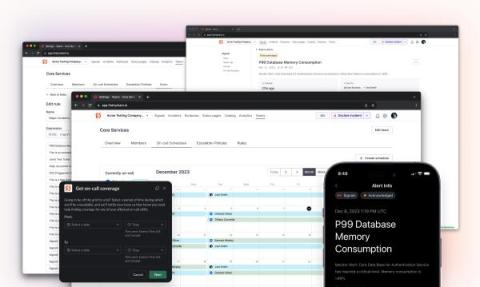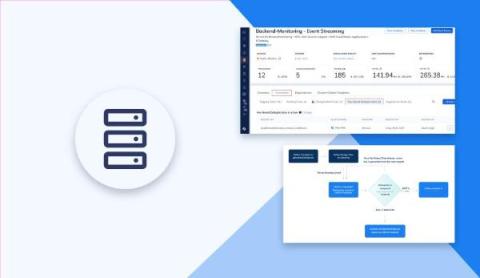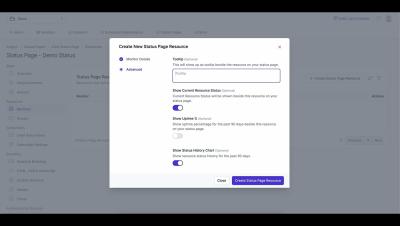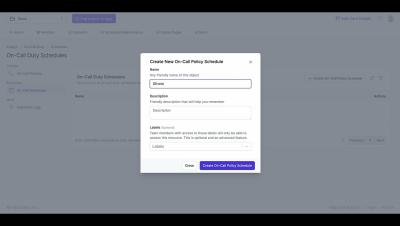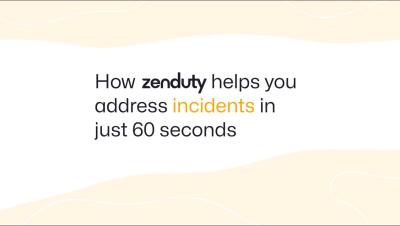Operations | Monitoring | ITSM | DevOps | Cloud
Incident Management
The latest News and Information on Incident Management, On-Call, Incident Response and related technologies.
Incident tracking: How it works and why it matters for IT operations
Constantly juggling IT incidents can be exhausting as you try to track and resolve them before they escalate into disruptions. With each incident demanding prompt and precise attention, keeping up takes significant work. However, you can manage these challenges more efficiently and with less stress and less risk by optimizing your incident-tracking process.
Fault Tolerance: What It Is & How To Build It
Now in beta: alerting for modern DevOps teams
Although FireHydrant has spent five years focused on what happens after your team (erg, I mean service 🙄) gets paged, the topic of alerting often comes up in discussions with our community. People are tired of paying big bucks for software that’s expensive, bloated, and hasn’t seen much innovation. Clearly, there’s a problem here – and we’re tackling it head on.
Autocorrelate Alerts With Squadcast's Key-Based Deduplication
How to monitor resources in OneUptime?
How to create an on-call policy and rotation in OneUptime?
How to build workflows in OneUptime and integrate OneUptime with anything?
How Zenduty Helps You Address Incidents - in 60 seconds.
When More Incident Commanders are Better
It has been lightly revised and reposted with his permission from the original article on Medium. Leading major incident responses can be extremely stressful. You have to quickly gather an ad-hoc team, figure out what went wrong, identify a fix and make sure this doesn't make things worse, all the while with senior leadership breathing down your neck. Are we having fun yet? Many people think having a dedicated incident commander role will solve the problem.




